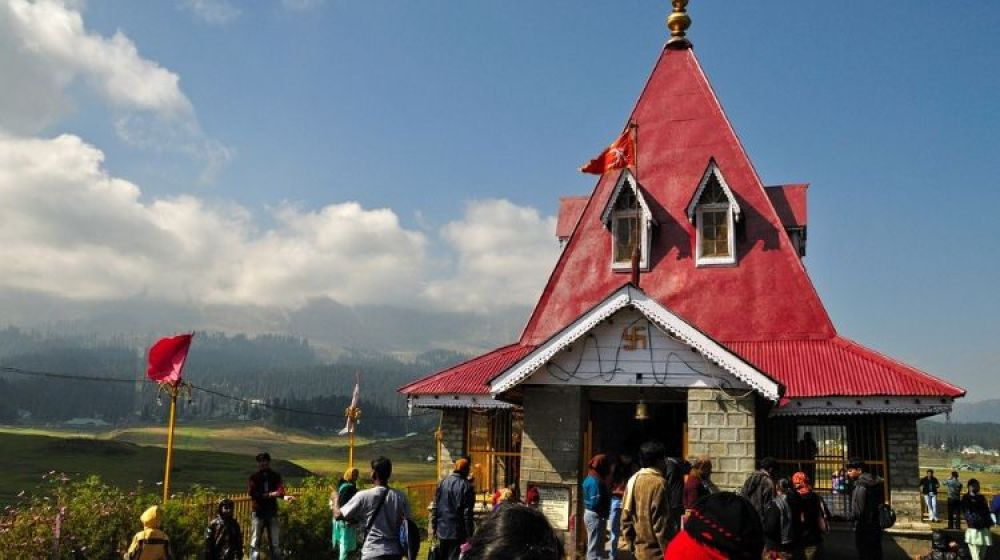

The Maharani Temple is an iconic place of worship that stands as a historic testament to Gulmarg's past. Located in the heart of Gulmarg, Kashmir, the temple has been a witness to the changing landscape of this popular tourist destination. The temple was built in 1915 by Maharani Mohini Bai Sisodia, the wife of the erstwhile Maharaja of Jammu and Kashmir, Hari Singh. Despite its royal origins, the temple is unique in that it is open to people from all walks of life, and it is also one of the few temples that has managed to gain significance in a region predominantly known for its Islamic culture.
The Maharani Temple is dedicated to the Hindu goddess Shakti and has been a beacon of faith for devotees. Positioned atop a small hillock, it provides a panoramic view of the surrounding snow-covered peaks and verdant meadows, making it not just a religious site but also a vantage point for nature lovers.
Gulmarg's history as a tourist destination dates back to the 19th century when it served as a summer retreat for the British officials to escape the heat of the Indian plains. The establishment of the Maharani Temple added to the town’s allure, attracting both domestic and international visitors. Over the years, as Gulmarg evolved into a haven for ski enthusiasts and a prized location for Bollywood film shootings, the temple remained a constant, attracting tourists not only for its spiritual ambiance but also for its historical significance and splendid architecture.
In recent years, Gulmarg has witnessed a surge in adventure tourism, with activities such as skiing, snowboarding, trekking, mountain biking, and gondola rides. The temple has greatly benefitted from this trend as visitors often combine their outdoor escapades with a visit to this serene spiritual site. Moreover, the development of more sophisticated infrastructure, including luxury hotels and resorts around Gulmarg, has made it easier for tourists to experience both the natural beauty and cultural richness of the region.
Today, the Maharani Temple is not just an emblem of the religious diversity of Kashmir, but also an integral part of the holistic travel experience that Gulmarg offers. Whether it's the winter sports, the blooming tulips in spring, or the lush meadows in summer, the temple stands timelessly, echoing the past and enriching the present-day tourism narrative of Kashmir.
In conclusion, while the temple itself has remained relatively unchanged over the years, the tourism scene around it has evolved dynamically. Gulmarg continues to be one of India’s premier travel destinations, and the Maharani Temple a cherished landmark that captivates visitors with its beauty, history, and tranquility.